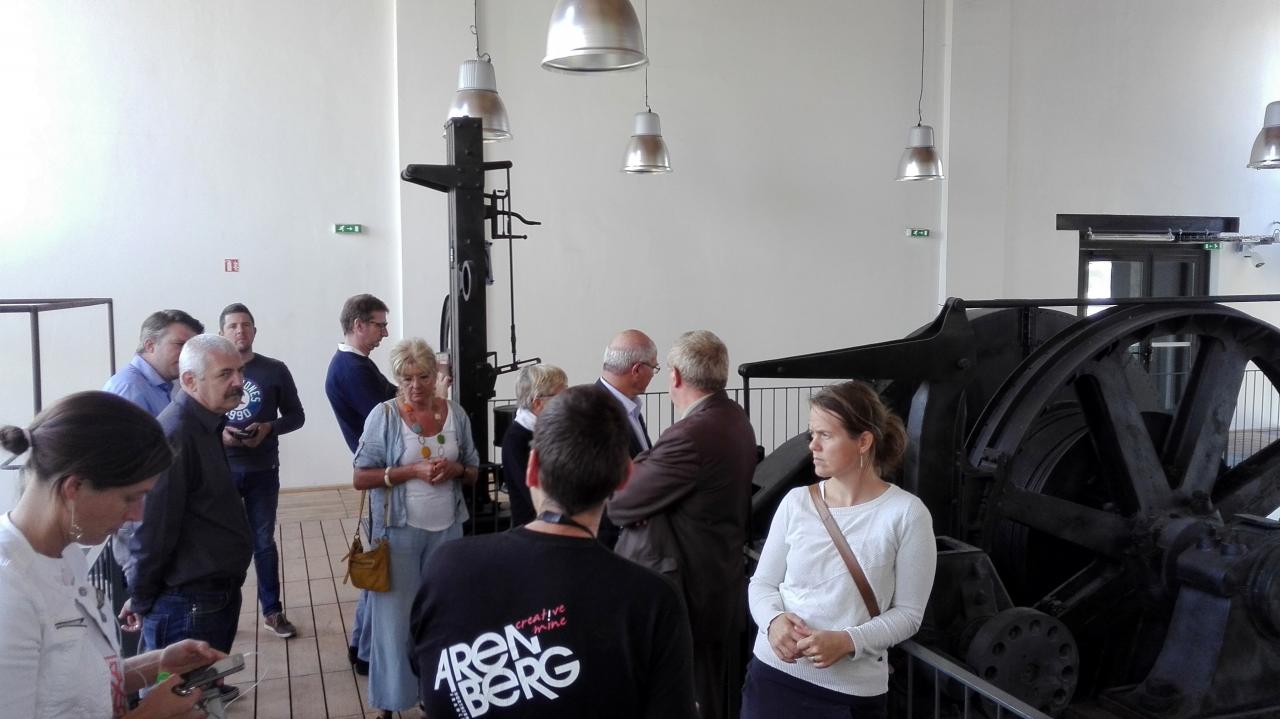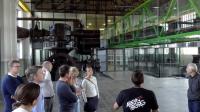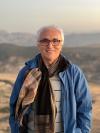
Architectural heritage comes in all shapes and sizes! Ancient Greek theatres, roman sites, medieval castles, modernist streetscapes and 19th century industrial sites: the INT-HERIT network represents a good cross-section of what architectural heritage has to offer. Regardless of the variety of architectural heritage they have to manage, all network partners do face the same challenges: how can small and medium sized cities use their heritage sites as a lever for socio-economic development?
The benefits of looking over the fence
Because of the intensive interaction within the INT-HERIT network, project partner Leiedal became aware of the benefits of looking over the fence: the exchange between partners enables Leiedal to gain practical experience in implementing a new governance model for Transfo, a historical and listed power plant in the municipality of Zwevegem.
There is, however, still a need to exchange experiences with (public) authorities managing heritage sites, similar to the Transfo site. Coalmines, ironworks and other power plants relate to Transfo in terms of scale, spatial structures, age and challenges. A structural exchange of ideas and experiences between the managing authorities of similar heritage sites will contribute to a better and more integrated result. It will lower the risk of making suboptimal decisions and will speed up the development process because we can avoid reinventing the proverbial wheel.
Setting up an informal network to facilitate exchange
With the support of the INT-HERIT project, Leiedal organizes inspiration visits to sites that are similar to Transfo. Participants are the stakeholders of the Transfo project. Ultimate goal is to set up an informal network that facilitates regular exchange of ideas, experiences, and best practices. Leiedal has identified a small number of similar sites which are at the same development level as Transfo, or which are one or more steps ahead. These sites are at a maximum distance of 150 km of Zwevegem, in order to avoid a lot of travel. The sites are Arenberg Creative Mine (France) and Le Pass, B-mine and C-mine (Belgium), all former coal mines.

First impressions
The first visits, to Arenberg Creative Mine and Le Pass, were very enriching for the Transfo stakeholders. Being former coal mines, both sites share the same history. However, the development path of each site has been very different, since their respective closures (Le Pass in 1960, Arenberg in 1989).
It is striking that each site has a niche-based approach. Arenberg Creative Mine for instance focuses on audiovisual services. The site houses film studios, a movie theatre, post-production and editing rooms, business spaces for audiovisual service providers and a center of excellence in image and digital media. Le Pass focuses on education in science, technology, engineering, and mathematics (STEM). Nevertheless, the three sites do also share similar offerings because of their spatial characteristics: the buildings for example are perfectly suited for MICE-activities (meetings, incentives, congresses and events).
All functions, activities and facilities contribute to a unique ecosystem. This ecosystem should be well balanced and multifaceted. When there is too much emphasis on one single function or activity, the ecosystem becomes unbalanced. A niche-based approach carries the risk of pushing away other functions.
Typical for sites like Arenberg, Le Pass and Transfo is that they are fairly isolated. Not that these sites always lie in the middle of nowhere, but they are generally secluded enclaves within the surrounding area. This means that most visitors come with a purpose, and are not just passers-by. The challenge here is to get people across the threshold, so to speak. The liveliness of these places is therefore strongly correlated with (the quality of) the functions that they offer. Both Le Pass and Arenberg have introduced different layers of functions, generating different flows of visitors. Key is to have a basic layer generating a basic level of liveliness, like business units (Arenberg, Le Pass, Transfo), housing (Transfo) or educational facilities (Arenberg). Other functions result in welcome peaks in the number of visitors: a museum (Arenberg), exhibitions (Le Pass) or adventurous sports (Transfo), for instance, bring life in the weekends and during holidays. A restaurant (Arenberg, Le Pass), a bar, event locations and sporting facilities (Transfo, Le Pass, Arenberg) bring life around midday, in the evening and in the weekend. Seasonal festivals, a summer bar or occasional public events bring bigger crowds on specific moments.
It is, however, essential to have also the local community embracing the site. Some basic interventions can help to intertwine the daily life of the local community with the heritage site. Simple things like a good bicycle path or walking trail through the site (Le Pass, Transfo), a park to walk the dog or a small playground (Le Pass, Transfo) help to break the gated character of these sites.
The visits learn that it remains very difficult to have a self-supporting development of these large heritage sites. All sites demonstrate the need of public funding, in terms of investment as well as in terms of operations. Public-private partnerships reduce the financial pressure, but remain insufficient to have a break-even result. The public authorities managing these large heritage sites have to deal with the tension between financial and social interests. Should public authorities aspire a break-even result, considering the benefits to society? The better question to be asked is “What value do we get for our money?”.
Sites like Arenberg and Le Pass also show the importance of the story behind the place. Arenberg, for instance, was home to the shooting of the movie “Germinal”, a 1993 French epic film based on the novel by Émile Zola about a coalminers' strike in northern France in the 1860s. The former film sets tell the story of Arenberg and its importance for the communities around the site. In Le Pass, you would find an exhibition about the history and the significance of the site. Key is to incorporate this history in the new story for the site.
The visits learns that conservation through development takes time. We are talking about 20 years or more. Moreover, the work is never finished: there is no ‘final result’. It is, however, important to gain momentum. These are moments of acceleration in the redevelopment process, which you should grasp to get the most out of them. Like a surfer catching the good wave.
Leiedal is planning the next visits, being C-mine and B-mine, both coal mines in the east of Belgium and demonstrating the range of possibilities and opportunities large industrial heritage sites can offer.

